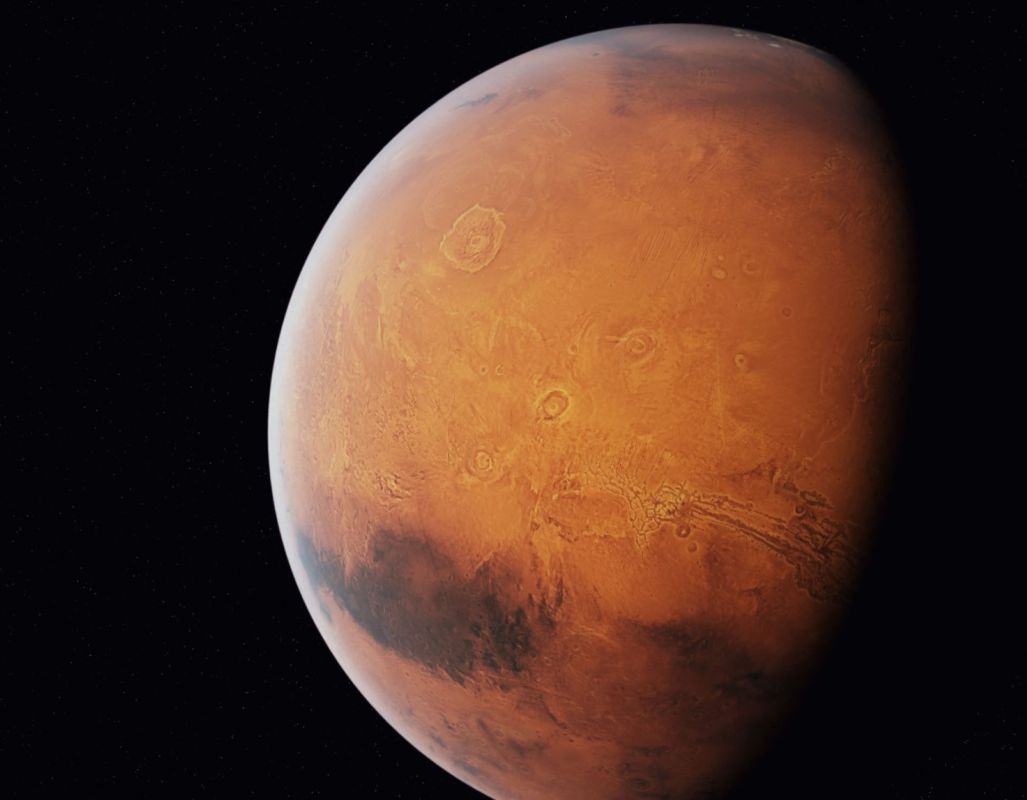Reliable, artificial photosynthesis could one day help to sustain human civilizations on alien worlds while also combating overheating here at home.
That's why researchers, including Katharina Brinkert, are trying to recreate the natural process plants use to help clean the air.
She detailed the fascinating progress in an article for Phys.org. And while her team is mostly focused on sustaining life on Mars, she is aware of the potential impact it could have for Earth-bound air-breathers as well.
"The insights we gain from designing and fabricating these devices could help us meet the green energy challenge on Earth," she wrote in the report.
Photosynthesis is the science behind how plants turn sunlight, water, and carbon dioxide into oxygen — and sugar, according to National Geographic.
As a result, trees and other plants clean our air, which we dirty at an alarming rate each day. One grown tree removes about 48 pounds of carbon dioxide from the atmosphere a year, in turn producing oxygen, the Arbor Day Foundation noted.
Air pollution has resulted in an overheating of about two degrees Fahrenheit since 1880, according to Climate.gov. Complicating matters further, we cut down about 15 billion trees a year for paper and other industries.
Human-made photosynthesis may help shift the balance in the quest for cleaner air in the future.
"The exploration of space and our future energy economy have a very similar long-term goal: sustainability. Artificial photosynthesis devices may well become a key part of realizing it," Brinkert wrote in the Phys.org report.
The research has already produced success stories.
Brinkert said there's a complex system on the International Space Station, which in part uses solar-generated electricity to split water into hydrogen and oxygen.
"But, these technologies are unreliable, inefficient, heavy and difficult to maintain," she wrote in the Phys.org story.
Another idea involves creating oxygen from lunar soil in a process that needs extreme heat. Experts have so far had success using simulated moon dirt in a lab, according to NASA.
"This technology has the potential to produce several times its own weight in oxygen per year on the lunar surface, which will enable a sustained human presence and lunar economy," NASA senior engineer Aaron Paz said in an agency report.
Now, the experts are trying to make the tech more efficient and reliable. The work could be crucial because outer space is fairly inhospitable.
The Martian atmosphere is 96% carbon dioxide, for example. By comparison, Earth's air has about 0.04% carbon dioxide, according to Columbia University's Climate School.
Brinkert and other researchers who are working on artificial photosynthesis could one day create more easy breathing on multiple worlds.
"The returns would be huge," Brinkert wrote.
Join our free newsletter for weekly updates on the coolest innovations improving our lives and saving our planet.









